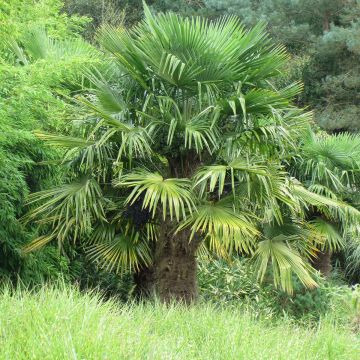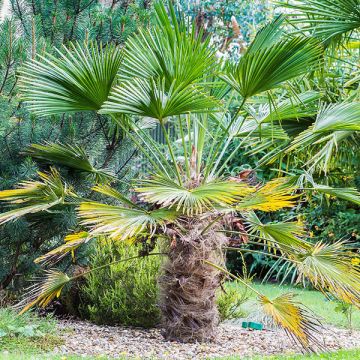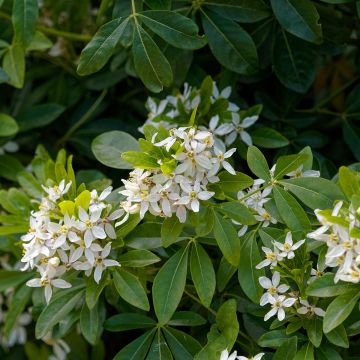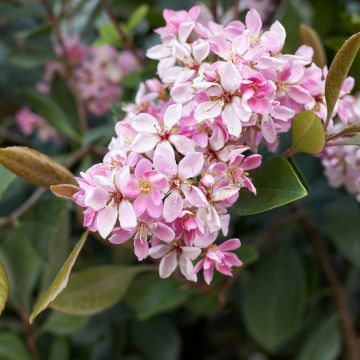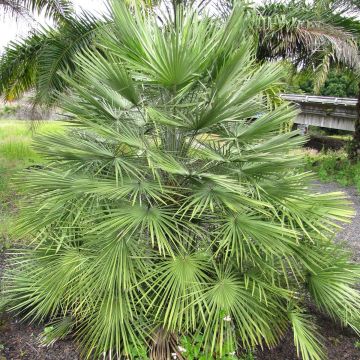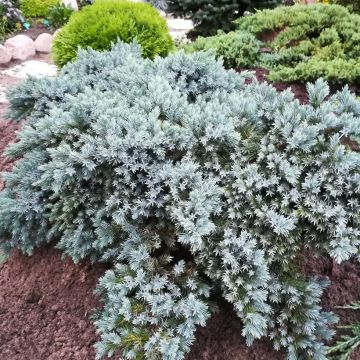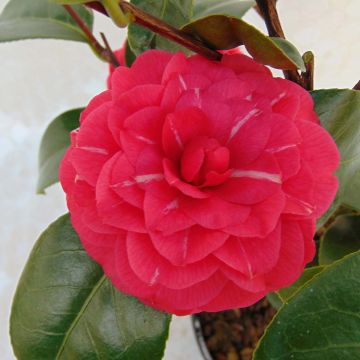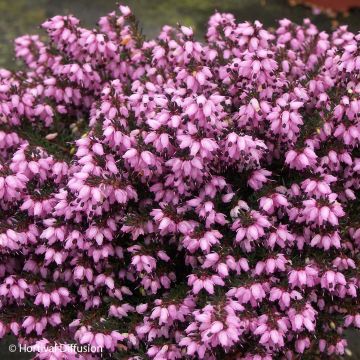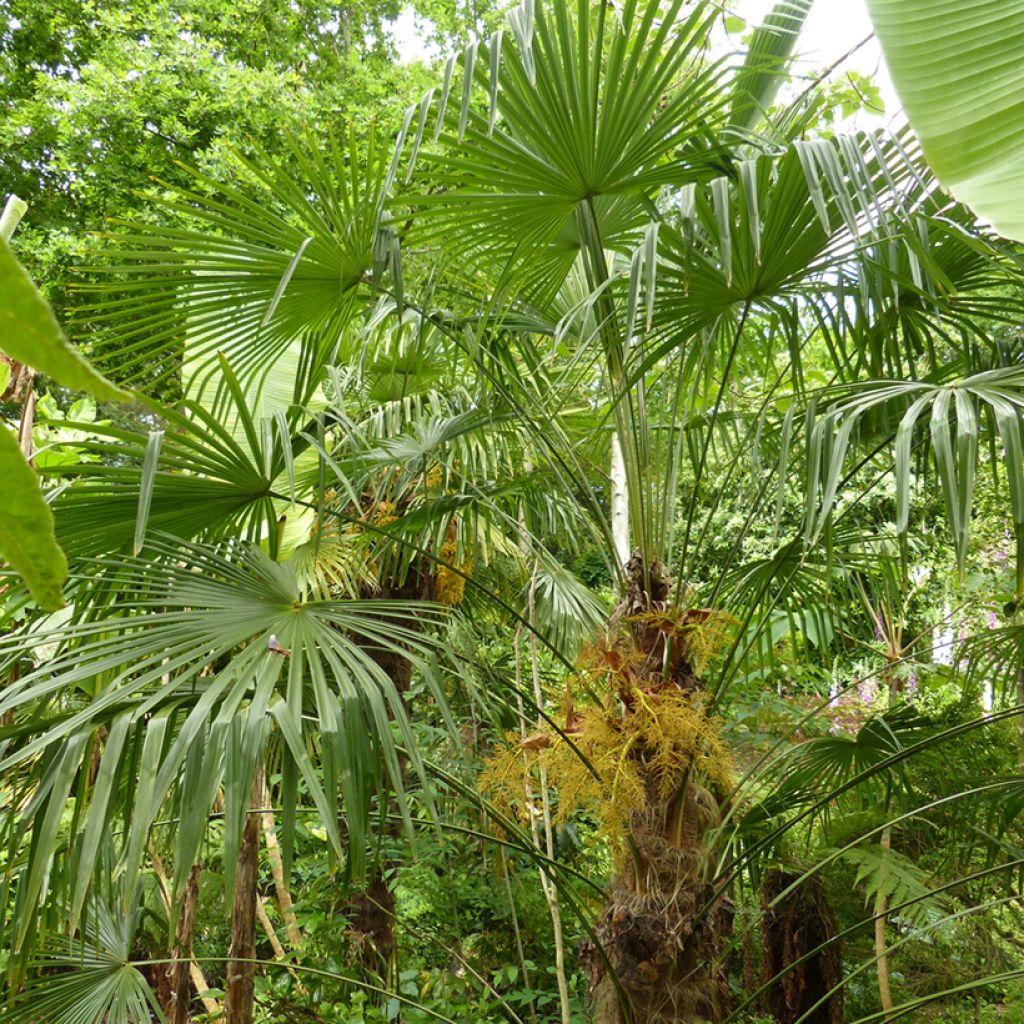

Trachycarpus fortunei - Chinese Windmill Palm


Trachycarpus fortunei - Chinese Windmill Palm
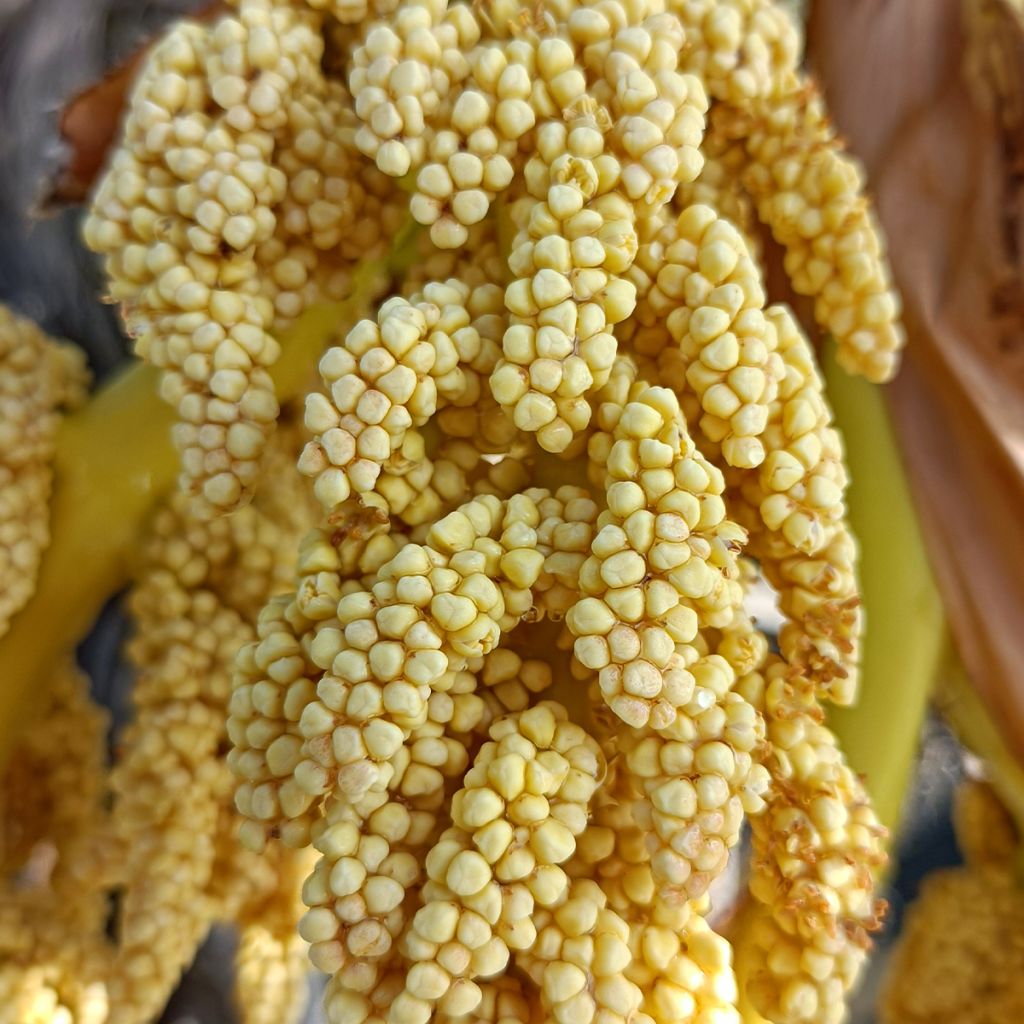

Trachycarpus fortunei - Chinese Windmill Palm
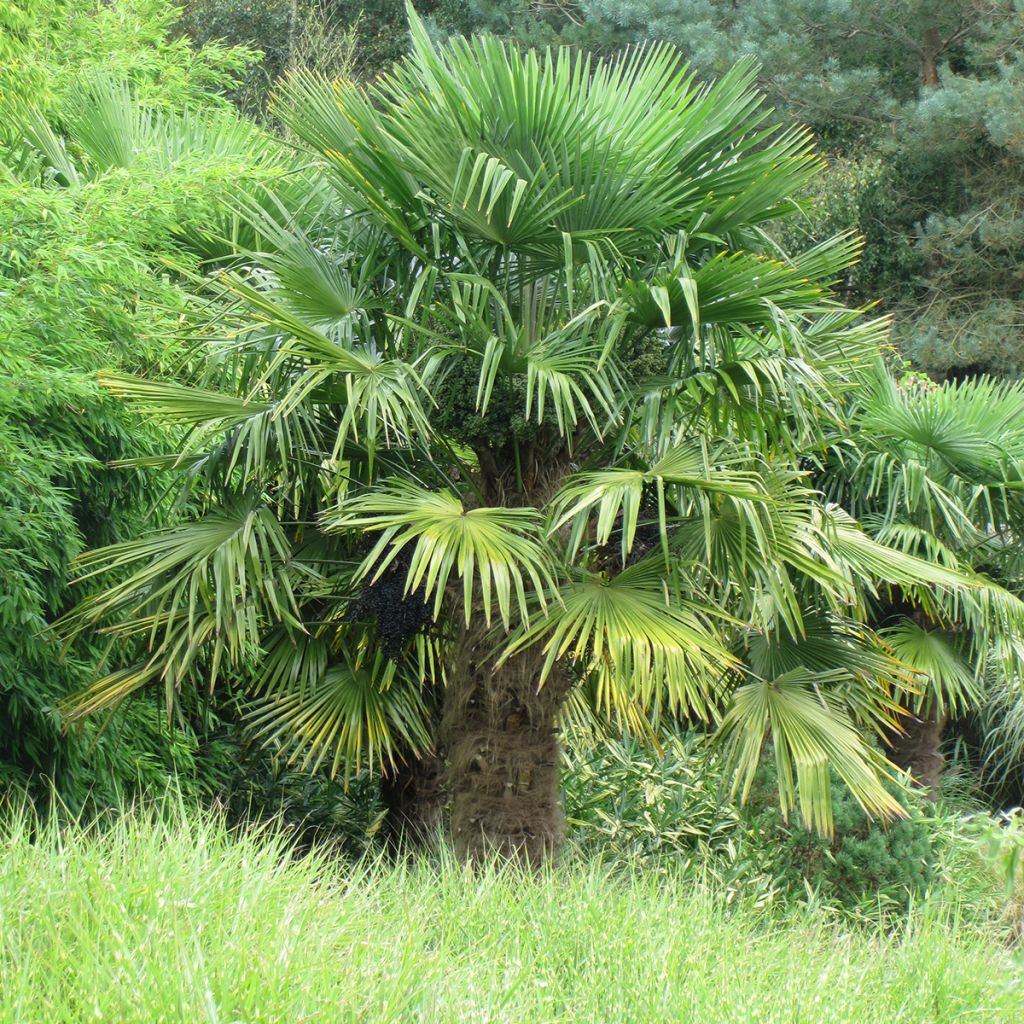

Trachycarpus fortunei - Chinese Windmill Palm
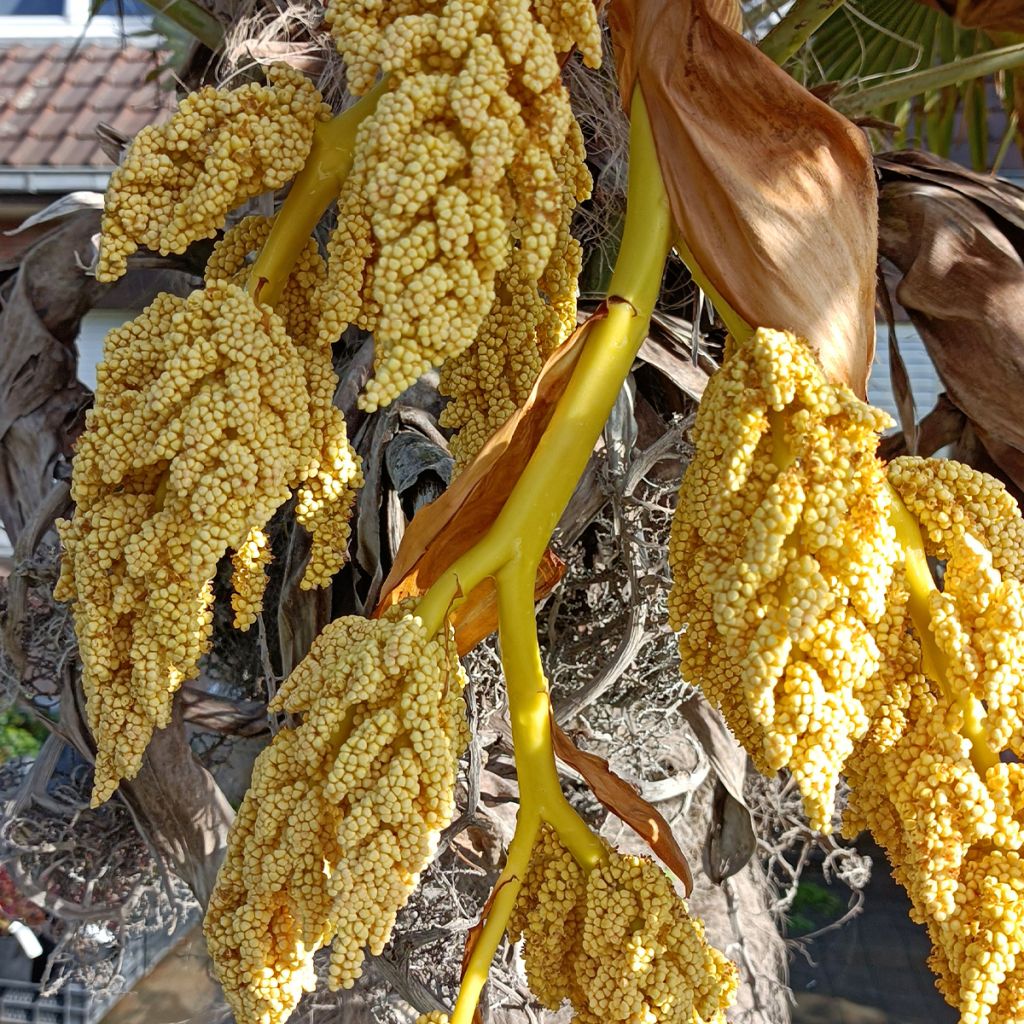

Trachycarpus fortunei - Chinese Windmill Palm


Trachycarpus fortunei - Chinese Windmill Palm
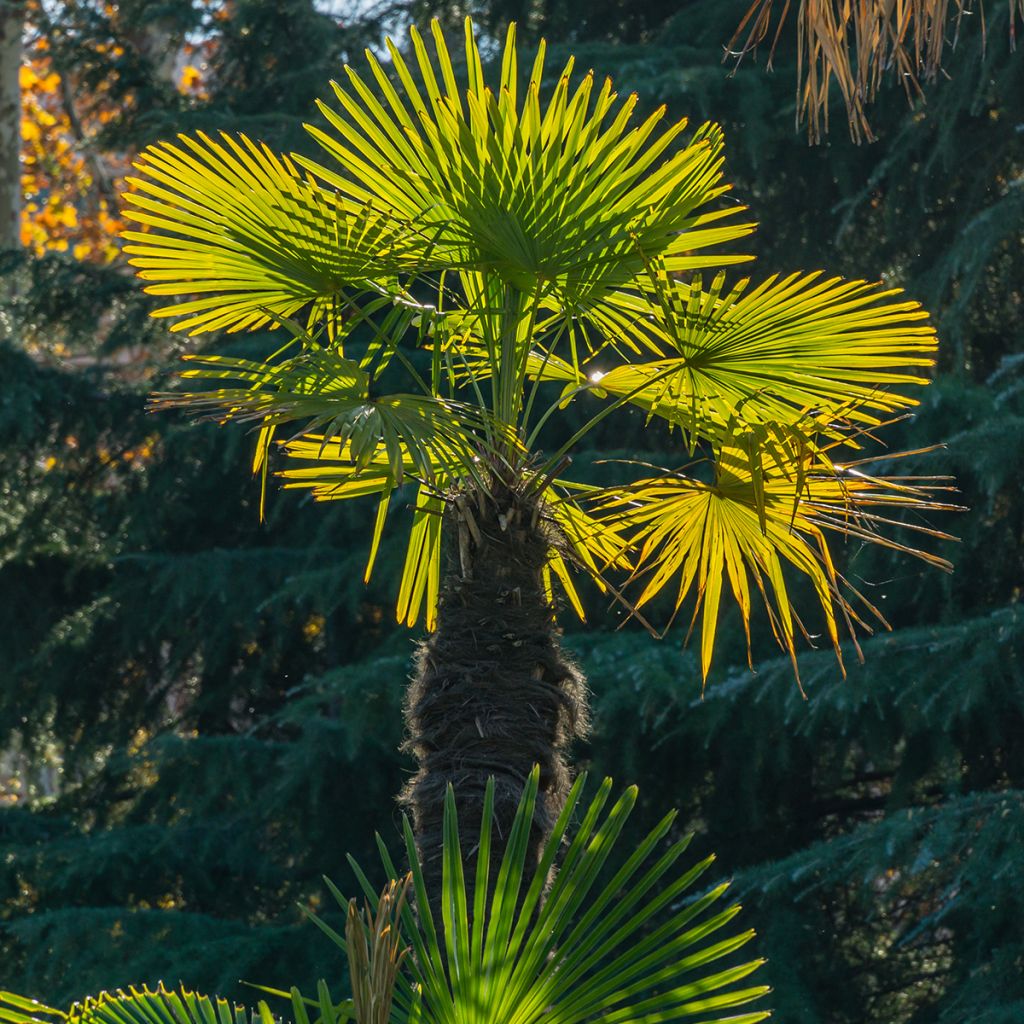

Trachycarpus fortunei - Chinese Windmill Palm
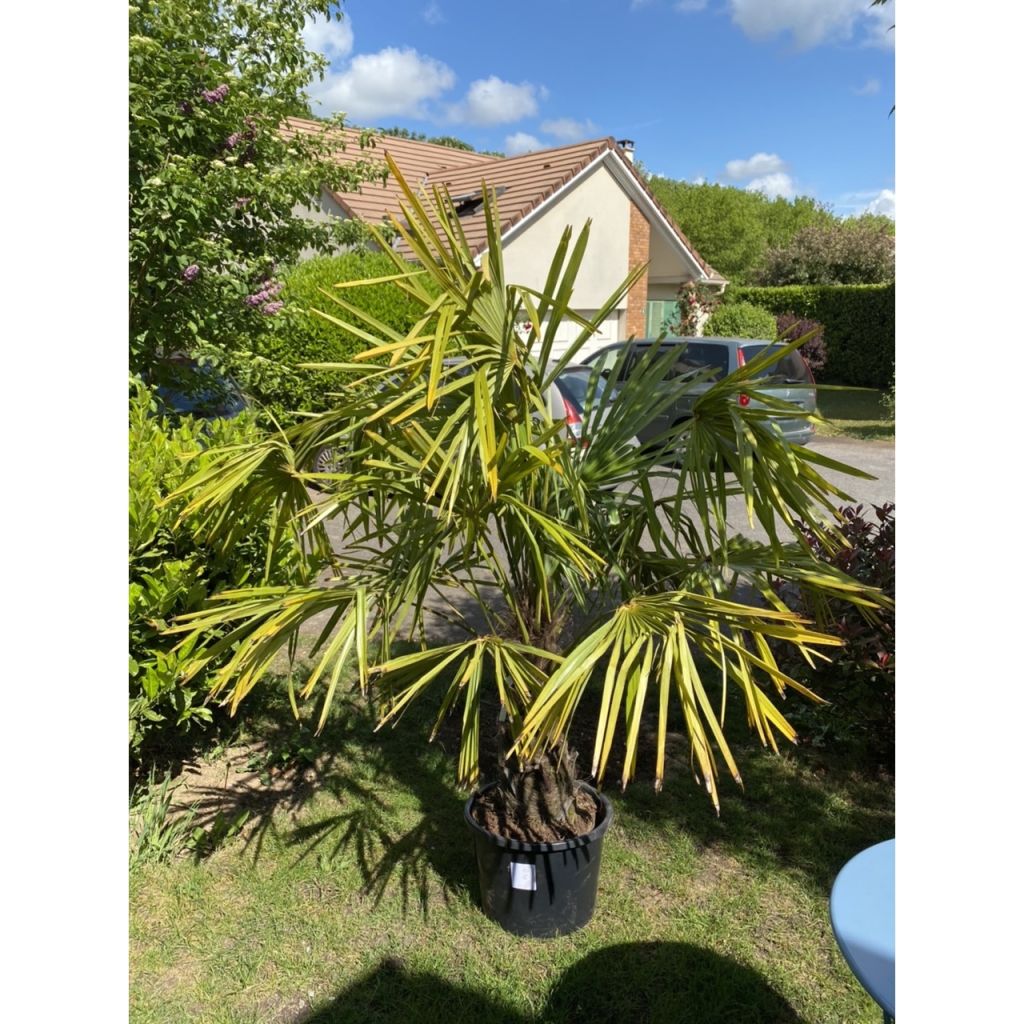

Trachycarpus fortunei - Chinese Windmill Palm
Trachycarpus fortunei - Chinese Windmill Palm
Trachycarpus fortunei
Chusan Palm, Chinese Windmill Palm, Hemp Palm
Impressive quality... I'm a fan.
Marcello, 03/03/2025
Special offer!
Receive a €20 voucher for any order over €90 (excluding delivery costs, credit notes, and plastic-free options)!
1- Add your favorite plants to your cart.
2- Once you have reached €90, confirm your order (you can even choose the delivery date!).
3- As soon as your order is shipped, you will receive an email containing your voucher code, valid for 3 months (90 days).
Your voucher is unique and can only be used once, for any order with a minimum value of €20, excluding delivery costs.
Can be combined with other current offers, non-divisible and non-refundable.
Home or relay delivery (depending on size and destination)
Schedule delivery date,
and select date in basket
This plant carries a 24 months recovery warranty
More information
We guarantee the quality of our plants for a full growing cycle, and will replace at our expense any plant that fails to recover under normal climatic and planting conditions.


Would this plant suit my garden?
Set up your Plantfit profile →
Description
The Chinese windmill palm tree, or Trachycarpus fortunei, can withstand temperatures as low as -16° C to -18° C (3.2° F to -0.4° F)!
Originally from mountainous areas of China and Japan, Trachycarpus fortunei has long been mistakenly called Chamaerops excelsa. Also known as Chinese windmill palm and Chinese hemp palm, it owes these names to the thick fibre that covers its trunk (called a stipe) and protects it from extreme cold. This fibre, widely used in rural life in Asia, has many uses, including the making of carpets, brooms, ropes, roofing, and privacy panels, among others.
A slow-growing shrubby plant, the Chinese palm tree can reach a height of 8 m to 10 m (26. ft to 33 ft). Its evergreen, dark green fan-shaped foliage is composed of 30 to 40 elongated segments and measures 60 cm to 1 m (23.6 in to 3.3 ft) in width. It produces 5 to 9 new leaves per year. The flowers, in clusters, are golden yellow in male individuals and cream yellow in females. Both male and female plants are necessary for seed production. The shiny seeds are incredibly decorative. They are about the size of a small grape and are black with a blue reflection. It is not uncommon to see spontaneous seedlings at the base of adult female plants, which can be mistaken for weed leaves.
Easy to grow, Trachycarpus fortunei likes rich, light, and moist soils, but stagnant water can kill it. It prefers sun or partial shade and protected exposures, especially from cold winds, with west being the best exposure.
Report an error about the product description
Trachycarpus fortunei - Chinese Windmill Palm in pictures
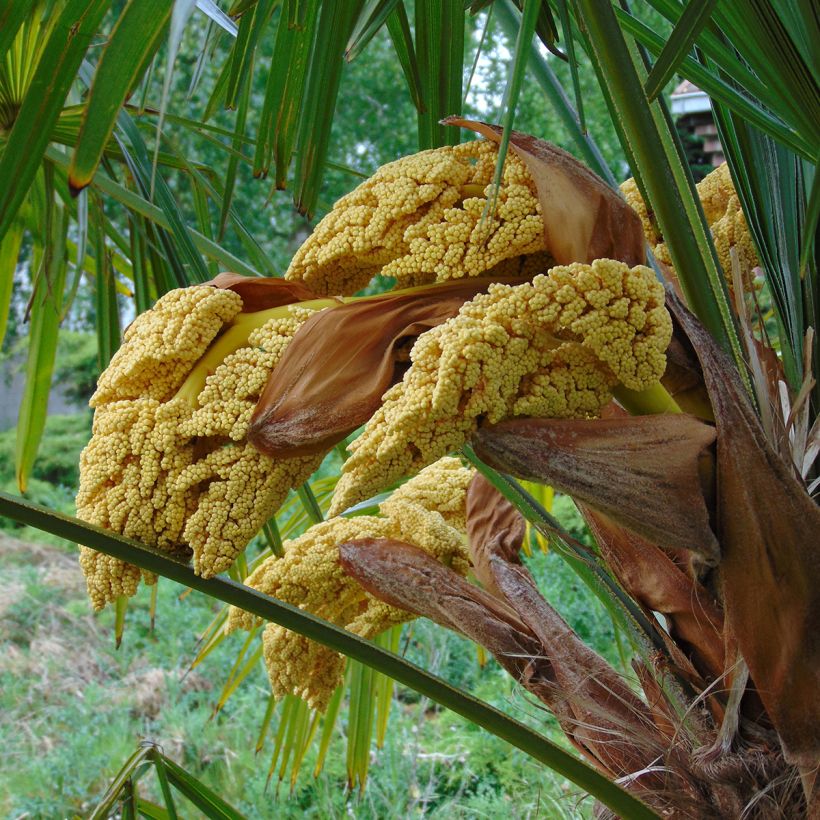

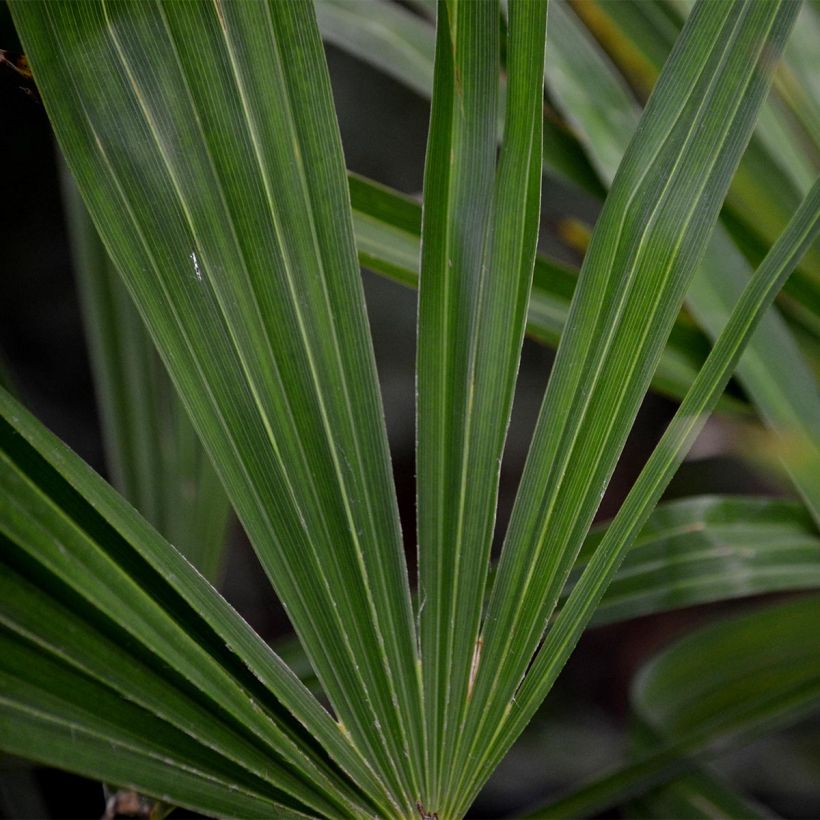



Plant habit
Flowering
Foliage
Botanical data
Trachycarpus
fortunei
Arecaceae
Chusan Palm, Chinese Windmill Palm, Hemp Palm
Southeast Asia
Other Trachycarpus
View all →Planting and care
Plant the Chinese palm in a light, rich, and moist soil. Ideally, plant it in a balanced mixture of compost and garden soil. Choose a location protected from cold and dry winds. Easy to grow, it requires little maintenance except for pruning the oldest palm fronds close to the stem.
Planting period
Intended location
Care
-
, onOrder confirmed
Reply from on Promesse de fleurs
Similar products
Haven't found what you were looking for?
Hardiness is the lowest winter temperature a plant can endure without suffering serious damage or even dying. However, hardiness is affected by location (a sheltered area, such as a patio), protection (winter cover) and soil type (hardiness is improved by well-drained soil).

Photo Sharing Terms & Conditions
In order to encourage gardeners to interact and share their experiences, Promesse de fleurs offers various media enabling content to be uploaded onto its Site - in particular via the ‘Photo sharing’ module.
The User agrees to refrain from:
- Posting any content that is illegal, prejudicial, insulting, racist, inciteful to hatred, revisionist, contrary to public decency, that infringes on privacy or on the privacy rights of third parties, in particular the publicity rights of persons and goods, intellectual property rights, or the right to privacy.
- Submitting content on behalf of a third party;
- Impersonate the identity of a third party and/or publish any personal information about a third party;
In general, the User undertakes to refrain from any unethical behaviour.
All Content (in particular text, comments, files, images, photos, videos, creative works, etc.), which may be subject to property or intellectual property rights, image or other private rights, shall remain the property of the User, subject to the limited rights granted by the terms of the licence granted by Promesse de fleurs as stated below. Users are at liberty to publish or not to publish such Content on the Site, notably via the ‘Photo Sharing’ facility, and accept that this Content shall be made public and freely accessible, notably on the Internet.
Users further acknowledge, undertake to have ,and guarantee that they hold all necessary rights and permissions to publish such material on the Site, in particular with regard to the legislation in force pertaining to any privacy, property, intellectual property, image, or contractual rights, or rights of any other nature. By publishing such Content on the Site, Users acknowledge accepting full liability as publishers of the Content within the meaning of the law, and grant Promesse de fleurs, free of charge, an inclusive, worldwide licence for the said Content for the entire duration of its publication, including all reproduction, representation, up/downloading, displaying, performing, transmission, and storage rights.
Users also grant permission for their name to be linked to the Content and accept that this link may not always be made available.
By engaging in posting material, Users consent to their Content becoming automatically accessible on the Internet, in particular on other sites and/or blogs and/or web pages of the Promesse de fleurs site, including in particular social pages and the Promesse de fleurs catalogue.
Users may secure the removal of entrusted content free of charge by issuing a simple request via our contact form.
The flowering period indicated on our website applies to countries and regions located in USDA zone 8 (France, the United Kingdom, Ireland, the Netherlands, etc.)
It will vary according to where you live:
- In zones 9 to 10 (Italy, Spain, Greece, etc.), flowering will occur about 2 to 4 weeks earlier.
- In zones 6 to 7 (Germany, Poland, Slovenia, and lower mountainous regions), flowering will be delayed by 2 to 3 weeks.
- In zone 5 (Central Europe, Scandinavia), blooming will be delayed by 3 to 5 weeks.
In temperate climates, pruning of spring-flowering shrubs (forsythia, spireas, etc.) should be done just after flowering.
Pruning of summer-flowering shrubs (Indian Lilac, Perovskia, etc.) can be done in winter or spring.
In cold regions as well as with frost-sensitive plants, avoid pruning too early when severe frosts may still occur.
The planting period indicated on our website applies to countries and regions located in USDA zone 8 (France, United Kingdom, Ireland, Netherlands).
It will vary according to where you live:
- In Mediterranean zones (Marseille, Madrid, Milan, etc.), autumn and winter are the best planting periods.
- In continental zones (Strasbourg, Munich, Vienna, etc.), delay planting by 2 to 3 weeks in spring and bring it forward by 2 to 4 weeks in autumn.
- In mountainous regions (the Alps, Pyrenees, Carpathians, etc.), it is best to plant in late spring (May-June) or late summer (August-September).
The harvesting period indicated on our website applies to countries and regions in USDA zone 8 (France, England, Ireland, the Netherlands).
In colder areas (Scandinavia, Poland, Austria...) fruit and vegetable harvests are likely to be delayed by 3-4 weeks.
In warmer areas (Italy, Spain, Greece, etc.), harvesting will probably take place earlier, depending on weather conditions.
The sowing periods indicated on our website apply to countries and regions within USDA Zone 8 (France, UK, Ireland, Netherlands).
In colder areas (Scandinavia, Poland, Austria...), delay any outdoor sowing by 3-4 weeks, or sow under glass.
In warmer climes (Italy, Spain, Greece, etc.), bring outdoor sowing forward by a few weeks.






























